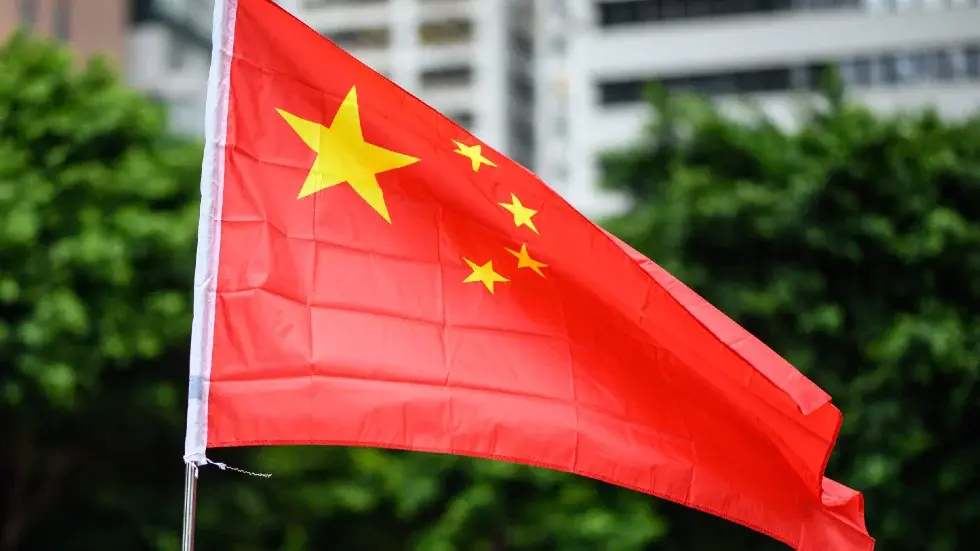- cross-posted to:
- technology@lemmy.ml
- cross-posted to:
- technology@lemmy.ml
I’m going to use this video as a reference for my own website project.
What do you all think?
It seems that Japanese and Chinese website design is just superior to Western design.
The comments are bad as usual haha



I can give you an IRL example. On AlipayHK (Hong Kong has a unique version of the app) there’s a sub-app called ‘cross-border zone’. If I open that, it turns out it’s a collection of other sub-apps all related to making visits to the mainland from Hong Kong. There’s a train booking app, a ride share app specifically for cross-border trips (which specifically requires cars that have dual license plates), a hotel booking app, Klook (a ticket booking app for attractions on either side of the border), and even a dental appointment booker (Mainland dentists are cheaper and don’t try to scam you, so they get a lot of business from Hong Kongers).
The dental appoinment booker is essentially a directory of dental clinic ads.
If I wanted to spend Firday night in Shenzhen and get my teeth cleaned in the morning, I can do all the planning and booking through Alipay sub-apps, with varying degrees of integration. The dental booking one opens individual clinic websites in an in-app browser that has standard buttons at the bottom to have the clinic I’m looking at either text me or call me. The ride share app is as full-fledged as Uber.
Everything will have been vetted with Alipay, so the different apps can get data (and obviously payment) from the platform and there’s nigh zero form-filling for each service even if I’ve never used them before. The video talks about clutter design giving reassurance by giving more information, but there’s more reassurance (IMO) in the knowledge that by encapsulating these apps, Alipay is essentially vouching for them.
And the kicker is: the service Alipay provides is free for us as users. They don’t charge transaction fees, even when exchanging currencies. Alipay makes money by having the businesses pay to be on the app. Apart from the core infrastructure and government services, the sub apps pay to be sub apps. And below the list of popular sub-apps on the front page, there’s reams and reams of ‘coupons’. Businesses pay Alipay to offer you discount coupons for their products and services.
I need to say something for the ads on super apps like Alipay. It’s a weird experience. It’s viscerally different from ads on, say, Google. On Google, you’re the product. Businesses pay to place themselves at the top of the search results. You don’t benefit from that in any way: the price for your search results is that the top results aren’t the best results for you but the best results for Google and its customers.
On Alipay, the payment platform stuff is at the top, followed by the sub-apps, and then the ads infinite-scroll underneath. There’s no ads on top like on Google, there’s no full-screen ad or video that you have to wait 15 seconds to skip. The ads are skipped by default, and those ads have to offer some additional motivation for you to choose to scroll through them. So all the ads are coupons. There’s just thousands and thousands of discount deals, and you tap on them to ‘claim’ the coupon, and in most cases Alipay automatically applies the discount within its payment system. You’re still the product, but you opt-in, and you get a cut.
I swear Alipay is a manifest rebuttal to the accusation that China is capitalist. It superficially looks capitalism-dystopian as fuck when you look at the UI, but the experience of using it is experiencing a system that serves public interests instead of corporate interests.
That’s so interesting! Thanks so much for all the context and screenshots.
That does seem appealing, especially with the alternative being to Google for details and hope the reviews you find are legit/not bought.
It’s really interesting that they aren’t trying to make both the end user and subapp company pay to interact, that’s refreshing.
I wrote out a whole thing/rant about how providing core services to the people and market all seem like a no brainer, but it got a bit convoluted. Long story short, this all looks pretty interesting, I’ll definitely check it out more.
Last thing, having ads you opt in to see, that are worth looking for, seems so nice. Everything is an ad now, where it’s google or any other generic product review site. It’s exhausting having to determine if any info you find online is legit enough to be useful.